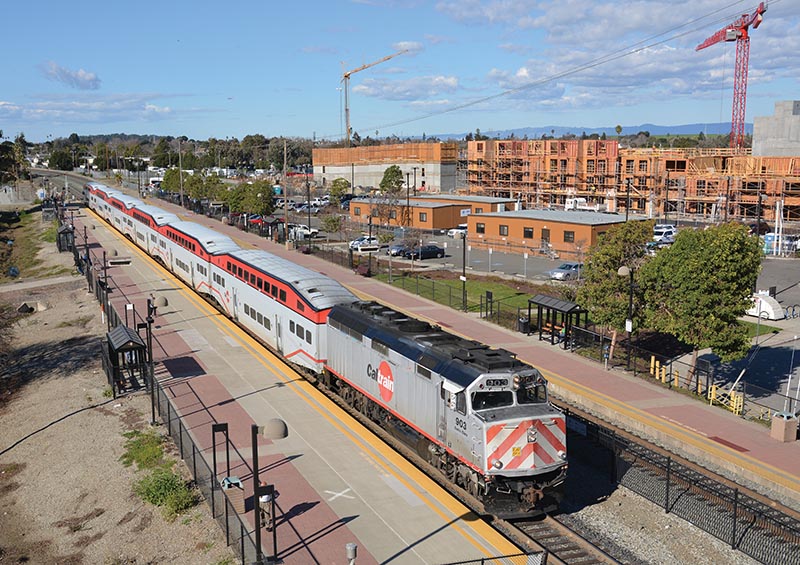One of the most challenging issues affordable housing developers face is acquiring land, particularly when faced with competition from market-rate housing developers who have more access to capital. Surplus or underutilized public land is one solution to this problem, as affordable housing developers receive priority in accessing government-owned land.
By State law, jurisdictions must make surplus, publicly-owned land available to housing developers before making the land available to the public. If a local agency receives interest from an affordable housing developer, it must enter into good faith negotiations to determine a mutually agreed upon sales price or lease term.
Surplus land is defined as “land owned by any agency of the state, or any local agency, that is determined to be no longer necessary for the agency’s use, except property being held by the agency for the purpose of exchange.”
Learn More in our Surplus Lands White Paper
Assembly Bill 1486, passed in the 2019 Legislative Cycle, expands reporting requirements for local agencies in their housing elements and annual progress reports, and requires the State Department of Housing and Community Development (HCD) to establish a surplus lands database for the State. Senate Bill 6 (SB 6) outlines similar reporting requirements as AB 1486, and gives authority to HCD to review sites submitted by local agencies for their suitability for residential development. In addition to efforts in the legislature, Governor Newsom signed an executive order in spring of 2019 that gave authority to the Department of General Services (DGS) and HCD to establish an inventory of underutilized state owned land, identify sites feasible for housing development, and issue Requests For Proposals (RFP) to begin developing affordable housing on appropriate properties.
![]()
Additional Resources
- California Department of General Services: Real Estate Surplus Property
- Journal of Public Transportation: Benefits of Proximity to Rail on Housing Markets: Experiences in Santa Clara County
- VTA (Valley Transportation Authority) Real Estate Portfolio/Joint Development Opportunities
- California Surplus Land Law (Section 54220-54232 of the California Government Code)
- California Department of Housing and Community Development Technical Assistance Memo: “Local Agency Surplus Land and Affordable Housing: Chapter 677, Statutes of 2014 (Assembly Bill 2135)”, 2015.
- Enterprise Community Partners: “Public Benefit from Publicly Owned Parcels: Effective Practices in Affordable Housing Development,” 2017.
- The Neighborhood-Based CDC Coalition: “Delivering the Promise of Transit: How Transit Agencies Can Increase Ridership and Clean Air by Discounting Land for Affordable Housing,” 2015.
